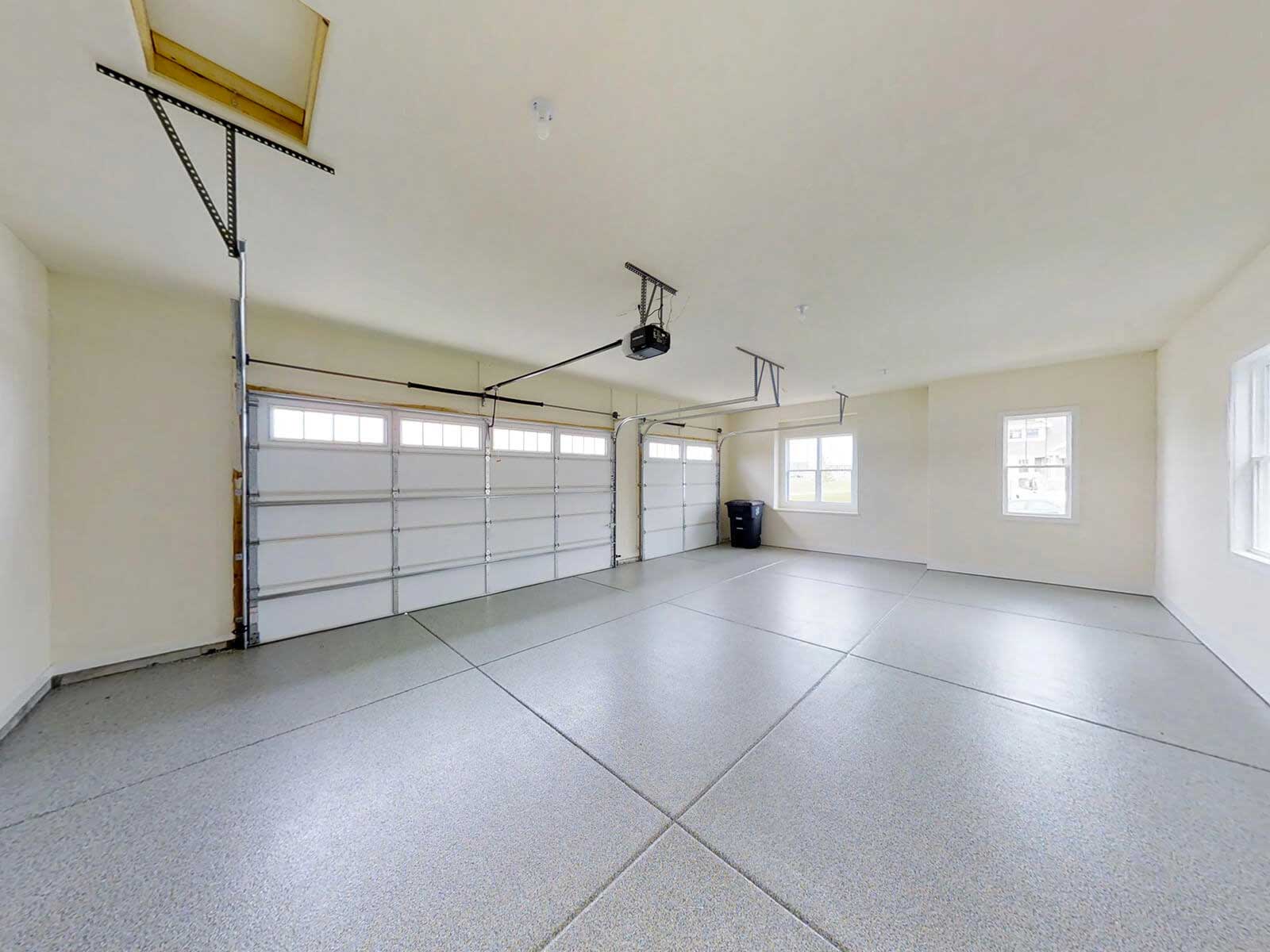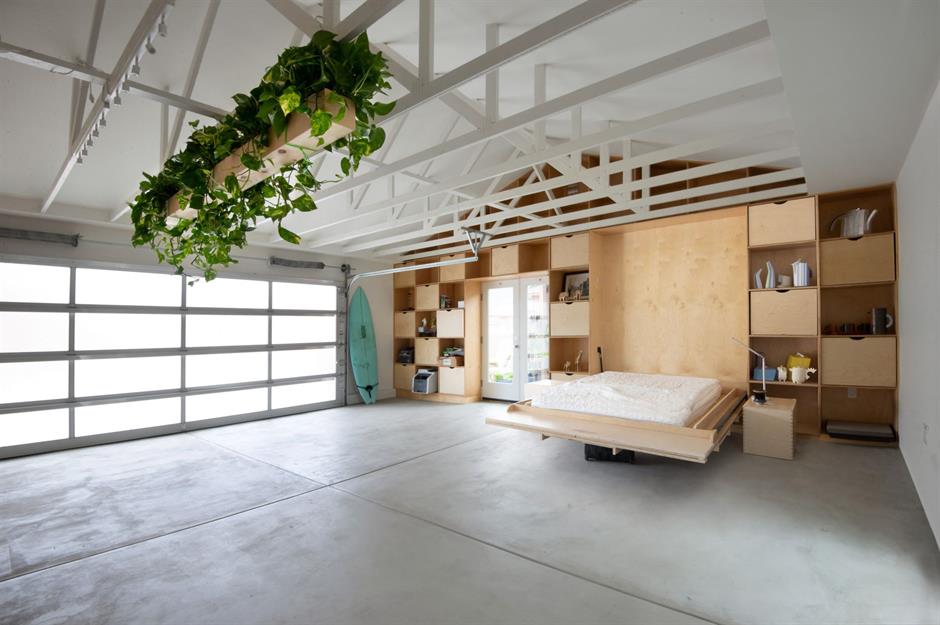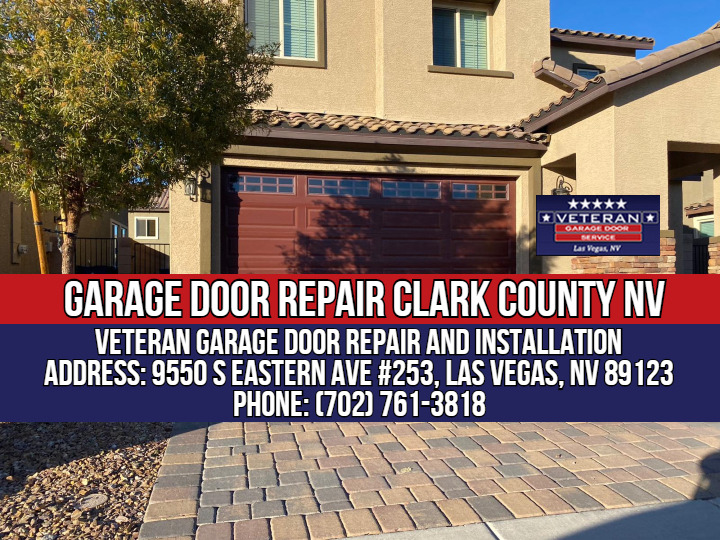
For storage of tools and other objects, you might consider steel garage shelving. This storage solution is low-maintenance and can take heavy loads. These storage units can also be moved around easily to accommodate different sized items.
Make sure you take into consideration several factors to ensure the best results for your garage shelving. You should search for products that can be mounted in sections of eight feet. Also, ensure the shelf can support at least 300 pounds. Ask about warranties. Manufacturers offer warranties that can last up to 10 or 15 years. It's a good idea to read customer reviews before making your purchase.
No matter if you are installing your first garage shelving system or replacing an older one, make sure you inspect all shelves in your garage. They're prone to sagging, which can lead to a number of problems. It's important to inspect them each month.

There are many types of garage shelving available, but it's important to find the right one for your needs. Choose a durable material. Make sure the shelves are appropriate for your space. You might be able install a wall-mounted shelving system depending on how big your garage is. Wall-mounting kits can be an option for those who are concerned about the stability and safety of their current shelving system.
The most durable of all garage shelving options is wire and metal. However, they're not specifically designed to mount to the walls of your garage. You can make your shelving more mobile by adding wheels to it.
Metal and wire shelves may need to be lined to keep moisture out. Also, you can protect your shelves against rusting by coating them with a corrosion-resistant coating. It is important to choose a product that comes with a warranty. You may not need to maintain your product much, but it's still important to have a warranty.
NewAge Products Wall Mounted Steel Shelf makes a great addition to any garage. It is made of heavy-gauge metal and finished with a 1-inch perimeter protection lip.

You can also buy a ceiling-mounted shelving system in addition to the wall-mounted option. Although they are great at maximising storage space, they can cause cramped spaces. You can also combine wire and laminate shelving. Laminated products may warp when subject to heavy loads. However, they are affordable and provide a solid surface that will keep your tools in their proper order.
Garage shelving is very easy to assemble. Although you may not have any experience with assembling garage shelving, you shouldn't take longer than 20 minutes. Luckily, most units are built with a template, so you can make sure that you're getting the right fit. They are also very easy to clean.
FAQ
How long does it usually take to remodel your bathroom?
A bathroom remodel typically takes around two weeks. However, it all depends on how big the project is. You can complete smaller jobs like adding a sink or vanity in a few days. Larger projects like removing walls and installing tile floors or plumbing fixtures can take many days.
As a general rule, you should allow at least three days for each bedroom. For example, if you have four bathrooms you would need twelve days.
Are there any savings on a remodel of a bathroom or kitchen.
Remodeling your bathroom or kitchen is expensive. It may make more sense to spend money on home improvements, considering how much you pay in energy bills each month.
Small upgrades can help you save thousands of dollars per year. Simple changes such as insulation in ceilings and walls can help reduce cooling and heating costs by up to 30%. Even a minor addition can increase comfort levels and increase the resale value.
Remember to choose durable and easy-to maintain products when you are planning your renovations. Materials like porcelain tile, solid wood flooring, and stainless-steel appliances will last longer and need fewer repairs than vinyl countertops.
You might also find that replacing old fixtures by newer models can reduce utility expenses. Low-flow showerheads or faucets can help reduce water usage by up 50 percent. You can reduce your electricity consumption by replacing inefficient lighting bulbs with compact fluorescent lights.
How can you tell if your house needs renovations or a remodel?
First, look at how recent your home has been renovated. A renovation might be in order if the home has not been updated for some time. You might also consider a remodel if your home is brand new.
You should also check the condition of your home. A renovation is recommended if you find holes in your drywall, peeling wallpaper, or cracked tiles. But if your home looks amazing, maybe it's time for a remodel.
A second factor to consider is your home's general condition. Is your house structurally sound? Are the rooms well-lit? Are the floors clean and tidy? These questions are critical when deciding what type of renovation you should do.
What are the included features in a full remodel of your kitchen?
A full kitchen remodels more than just a new sink and faucet. You will also need cabinets, countertops and appliances as well as lighting fixtures, flooring, plumbing fixtures, and other items.
Homeowners can remodel their kitchens completely without needing to do major work. This means there is no need to tear down the kitchen, making the project more manageable for both the homeowner as well as the contractor.
Renovating a kitchen can involve a range of services including plumbing, heating and cooling, painting, and even drywall installation. A complete kitchen remodeling project may require multiple contractors depending on the size of the job.
A team of professionals is the best way to ensure that a kitchen remodel runs smoothly. Kitchen remodels often involve many moving parts, and small issues can cause delays. DIY projects can cause delays so make sure you have a backup plan.
What are the most expensive expenses for remodeling a kitchen.
A few key costs should be considered when planning a kitchen remodeling project. These include demolition, design fees, permits, materials, contractors, etc. They seem quite small when we consider each of these costs separately. However, when you add them together, they quickly become quite large.
Demolition is usually the most expensive. This involves removing old cabinets, appliances and countertops as well as flooring. You will then need to remove the insulation and drywall. Then, it is time to replace the items with newer ones.
The next step is to hire an architect to design the space. Next, you must pay for permits to ensure the project meets building codes. You will then need to find someone to perform the actual construction.
Finally, after the job is completed, you must pay the contractor. Depending on the size of the job, you could spend between $20,000 to $50,000. This is why it's important to get estimates form multiple contractors before hiring one.
Planning can help you avoid many of these expenses. You may be able get better material deals or to skip some of the work. If you know what needs to be done, you should be able to save time and money during the process.
For example, many people try to install their cabinets. They believe this will save money, as they won’t have to hire professional installers. It is often more expensive to have professional installation services. Professionals can typically complete a job in half the time it would take you.
A cheaper way to save money is buying unfinished materials. You must wait until the cabinets are fully assembled before purchasing pre-finished material. You can begin using unfinished materials right away if they are purchased. Even if it doesn't go according to plan, you can always change your mind later.
Sometimes, though, it doesn't make sense to go through all of this. Remember: the best way to save money on any home improvement project is to plan.
What should you do with your cabinets?
It depends on whether you're considering selling your home or renting it out. If you're planning to sell, you'll probably want to remove and refinish the cabinets. This gives buyers the illusion that they are brand new, and allows them to envision their kitchens once they move in.
You should not put the cabinets in your rental house. Many tenants are unhappy with the mess left behind by former tenants.
You can also consider painting the cabinets to make them look newer. Use a high-quality primer. Low-quality paints can become brittle over time.
Statistics
- 5%Roof2 – 4%Standard Bedroom1 – 3% (rocketmortgage.com)
- $320,976Additional home value: $152,996Return on investment: 48%Mid-range average cost: $156,741Additional home value: $85,672Return on investment: (rocketmortgage.com)
- Windows 3 – 4% Patio or backyard 2 – 5% (rocketmortgage.com)
- According to a survey of renovations in the top 50 U.S. metro cities by Houzz, people spend $15,000 on average per renovation project. (rocketmortgage.com)
- About 33 percent of people report renovating their primary bedroom to increase livability and overall function. (rocketmortgage.com)
External Links
How To
How to remove tile grout from floor tiles
Tile grouting is something that most people don't even know they have. It seals the joints between tiles. There are many types available today. Each is used for a specific purpose. We'll show you how we can remove grout from floor tiles.
-
First, you must ensure you have all the tools needed before starting this process. A grout cutter, grout scraper and some rags are all essential.
-
Now it is time to clean the grout and remove any debris or dirt that has gotten under the tiles. The grout cutter can be used to cut the grout and remove any loose tiles. You must be careful not to scratch any tiles.
-
After you've cleaned up everything, grab the grout scraper to remove any grout. Step 4 can be completed if you have no grout.
-
After all the cleaning is done, it's time to move on. Take one of the rags and soak it in water. Make sure the rag is fully wet. You can wring the rag out if it has become wet. This will ensure that any water remains in the rag.
-
The wet rag should be placed on the joint between the tile and the wall. Keep the rag in place until the grout starts to separate. Slowly pull your rag towards yourself and continue to pull it back and forth, until all grout is gone.
-
Repeat steps 4 and 5 until all the grout has been removed. Rinse the ragout and repeat the process if necessary.
-
After you have removed grout, dry the tiles by wiping them with a damp cloth. Allow to dry completely.